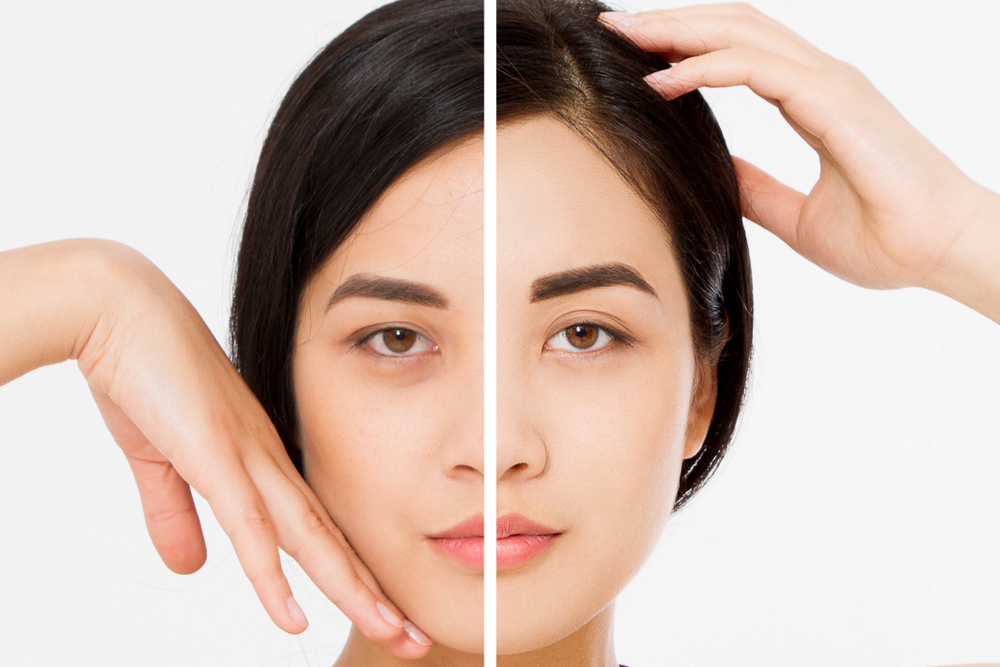Getting too much sun can damage the skin, but do you know why that happens?
Researchers at Binghamton University, State University of New York, do. In a recent study, they discovered the way the sun’s ultraviolet rays damage the skin.
The team, led by the biomedical engineering department, set out to determine how the sun’s rays affect the skin and if one particular type of radiation was worse than any other. They also set out to find out exactly how UV radiation negatively affects the mechanical integrity of the skin.
Ultraviolet radiation is divided into four categories depending on wavelength and amount of photon energy, and each type of UV radiation has been studied to see how deep it penetrates the skin and how it can cause skin cancer.
Researchers have also long studied whether UVA rays or UVB rays were worse for the skin in terms of premature aging, the development of wrinkles and increased tissue fragility.
The Binghamton study sought to determine how the sun damaged the skin in other ways. Using samples of female breast skin, which they chose because it is often only exposed to just low levels of sunlight, they tested the effects of different wavelengths of UV radiation.
The researchers found that no type of UV radiation is any more harmful than another. What they did find was that the amount of damage caused by UV energy is determined by how much the skin absorbs.
During the study, the researchers found precisely how UV energy damages the skin. The research revealed that UV radiation breaks down the bond between skin cells in the stratum corneum – the outermost layer of the skin. This happens because UV energy negatively affects the proteins in the corneodesmosomes, the main intercellular adhesive structures in the stratum corneum that keep the skin together.
“Which is why getting a sunburn leads to your skin peeling,” said Dr. Mayli Davis in Colleyville, Texas.
As the test skin was exposed to more and more UV radiation, researchers noticed that its effect on the corneodesmosomes worsened.
Normal corneodesmosomes should show up as distinct points surrounding skin cells, but with exposure to radiation, they change shape and move away from the skin cells.
When corneodesmosomes are disrupted, the skin’s structural integrity weakens.
“When the structural integrity of the skin is impacted, it is easier to develop wrinkles and other signs of aging,” Davis said.
The next step for the researchers is finding out how UV rays affect deeper layers of the skin.
The researchers hope their findings will help promote the message of using sunscreen to not only help prevent an increased risk of developing skin cancer, but also to help keep the skin healthy overall.
Source: Binghamton University. “How the sun damages our skin.” ScienceDaily. ScienceDaily, 22 August 2019.






